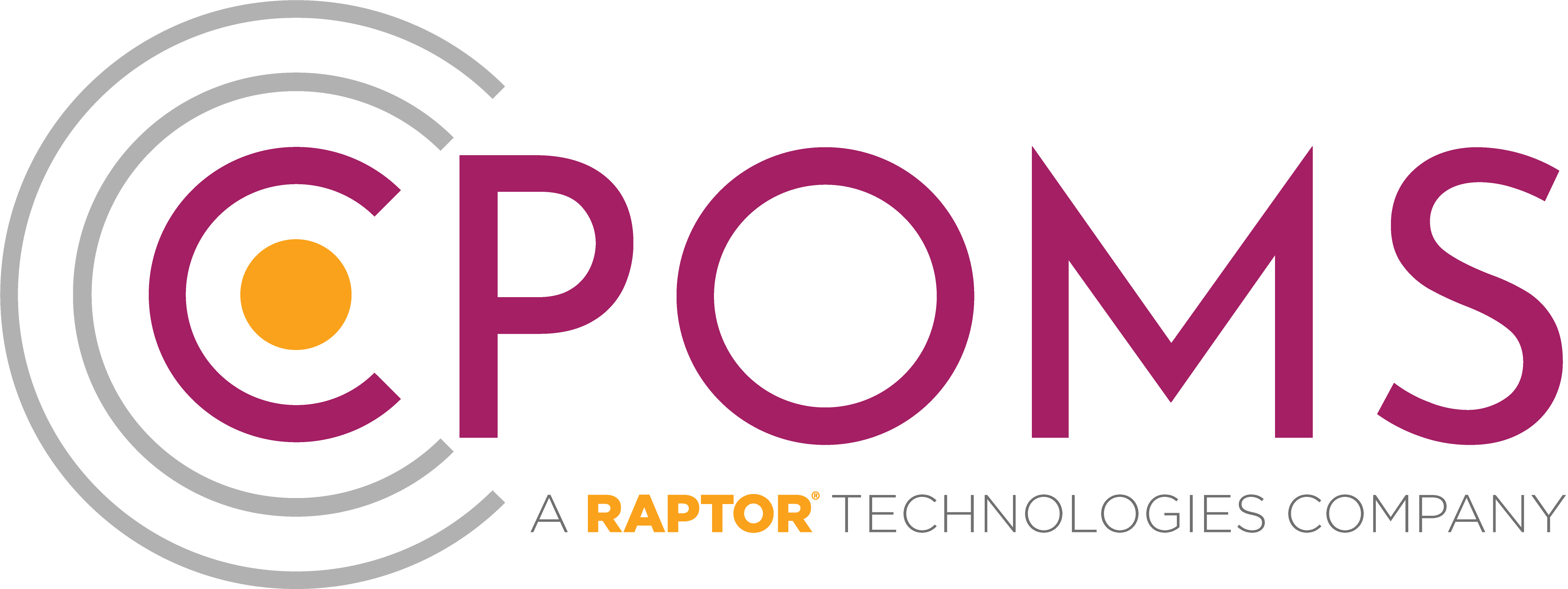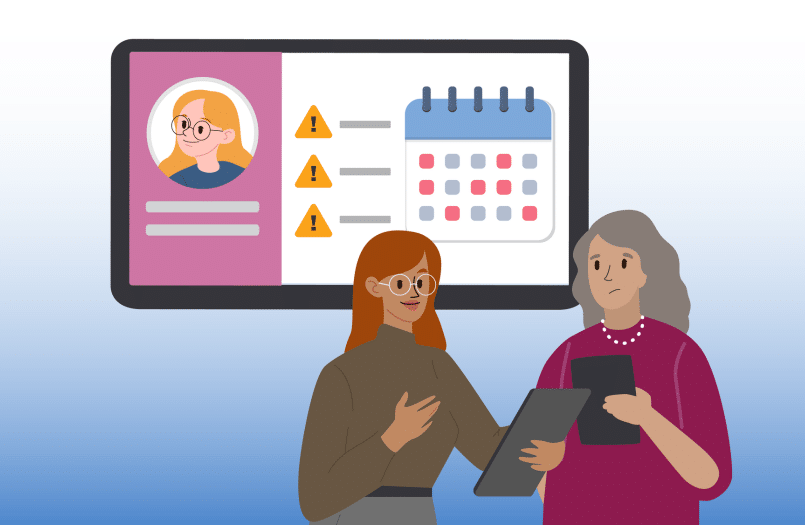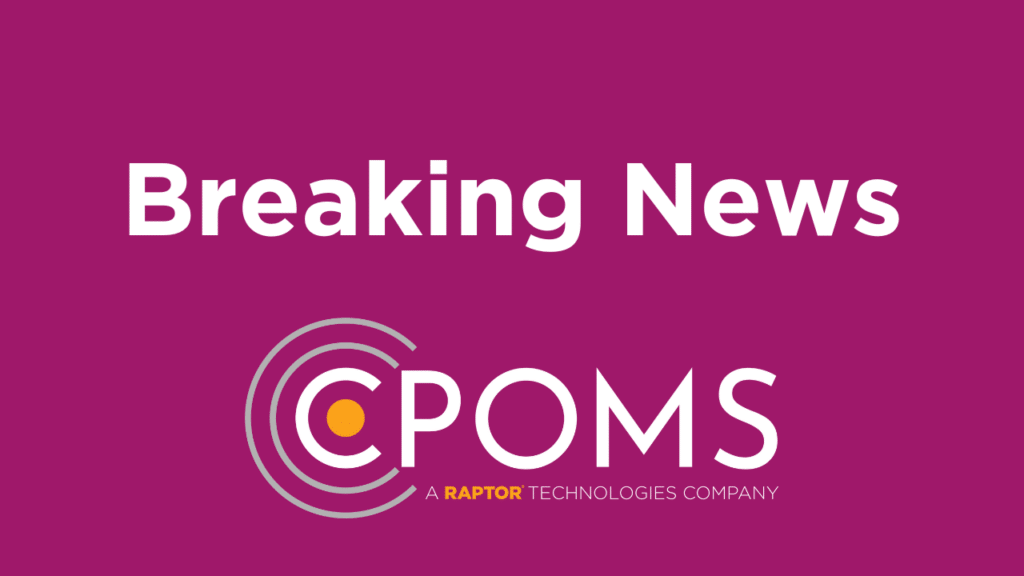Guest Authored by Antonia Noble – Safeguarding Fundamentals
There were 621,880 referrals to children’s social care in the year ending 31 March 2024 according to the Local Government Association (LGA). Although this was a slight decrease from the recent peak in 2022 of 650,270, the stresses on the safeguarding and child protection system remain intense.
Within this system, schools and Designated Safeguarding Leads (DSLs) carry an ever-growing workload. Dealing with the local authority (LA) referral process is a huge pressure. DSLs often downplay their own concerns while focusing on supporting others.
Financial pressures in social care and safeguarding
It’s worth thinking about the LA back story here too: budget cuts, soaring placement costs, recruitment and retention issues; these are all key pressures inside children’s services. The LGA reports that children’s social care budgets increased by 11% to £14.2 billion in 2024/25 compared to 2023/24.
But school budgets are hardly in a healthy state either. Earlier this year the National Education Union (NEU) stated that 75% of primary schools and 92% of secondary schools will need to make cuts in 2026. The average primary school will see a cut in spending power of 1.1% while the average secondary school will see a cut of 1.2%.
Challenges in the Early Help route
LAs are clear that the introduction of Early Help Hubs – and the confidence they have in schools to run early help interventions – can, in some cases, tip the balance in favour of the Early Help route. This may be nice to read, but it’s no practical help to DSLs and their teams when dealing with issues that, more naturally, sit with social care or even the police.
When deciding the most effective response to a safeguarding referral, LAs recognise that parents will often engage more positively with schools than with social workers. This can be due to various factors, including the fear of losing custody of their children when the local authority gets involved.
But that’s only half the story…
Thresholds for safeguarding case referrals
Many DSLs report that LAs are pushing cases back to schools. Referrals that just a few years ago might have been subject to a formal s47 investigation. The actual thresholds have not changed. But the bar for what some under-pressure LAs might judge as “good enough” without intervention may have been raised.
So what do we do? We all know we should escalate this through the LA systems but that often doesn’t work. DSLs follow the Local Safeguarding Children Partnership website – phone this number, email this person, and so on…
How can we make the system work more effectively to reduce stress and sleepless nights? There are lots of strategies to help with each part of the process.
Making effective child protection referrals
Here are 5 simple steps that you can take which can make a difference in any referral:
- Record the concern fully and accurately Keep everything in writing. Create a chronology to tell a story (this is particularly important in cases of cumulative harm). Don’t be tempted to write a “witness statement” or launch a formal investigation. This could lead to issues if the case goes to court.
Simply keep a full and accurate record. Make sure there is a simple and objective presentation of the information. - Ensure all information is included and sent
Make sure that all the facts and chronology are included and sent to the LA with the referral. The LA can look at both immediate and future harm in assessing the threshold.
Therefore, it can be helpful if you could include your own assessment of the impact of the safeguarding issue on the child – in the present and the future. After all, you will know the child and family in much more depth than the LA. Your views as a professional will carry due weight. - Provide contextualised evidence
Include all evidence – for example, any record of bruises or educational attainment dips or attendance issues.
Is there anything in the child’s wider family, history or community that makes the referral more persuasive? If so, don’t hesitate to include it.
For students with Special Educational Needs and Disabilities the Local Offer (found on your local LSCP website) is a really useful tool to use in terms of referral. - Consider the format used to contact the local authority
Whilst there will always be the LA’s own referral process form, it can often be useful to send additional information you think would benefit their evaluation.
You may need to explain why the extra information is valuable but that should never be a barrier to sending it. Their decision-making is likely to be enhanced with more information.
If the LA assess your referral as not meeting the threshold you should ask for their decision and reasoning in writing. This often makes people think more carefully about the decision. - Escalate the referral
If you think a manager or eventually a Head of Service or Cabinet Member needs to know, please send it up to them.
Don’t forget:
(1) the case assessor may need external support to pass it up to their manager and
(2) if the people in senior roles don’t know there is an issue with a particular case, then they can’t do anything about it.
For a view of this whole process from the courts perspective, you might like to take a look at these important cases Re A (a Child) 2015 and Re B-S.
How CPOMS solutions can support your safeguarding referrals
CPOMS StudentSafe is a fully customisable safeguarding solution designed to streamline the recording and management of student wellbeing concerns. From body maps and attendance data to a detailed chronology of concerns, StudentSafe ensures that every piece of evidence is securely stored and easily accessible. The platform also allows DSLs to escalate incidents into cases effortlessly, linking past and future incidents for a comprehensive view.
CPOMS Engage takes collaboration to the next level by breaking down barriers between schools and local authorities. This platform enables real-time information sharing, ensuring that all safeguarding, pastoral and attendance data is linked to a student’s record and accessible only to authorised personnel. Whether it’s working with social care, virtual schools, or SEN teams, Engage provides a holistic view of every student, enabling faster interventions and better outcomes.
To learn more about how CPOMS StudentSafe and Engage can help your safeguarding teams navigate the referral process effectively, book a demo today.




